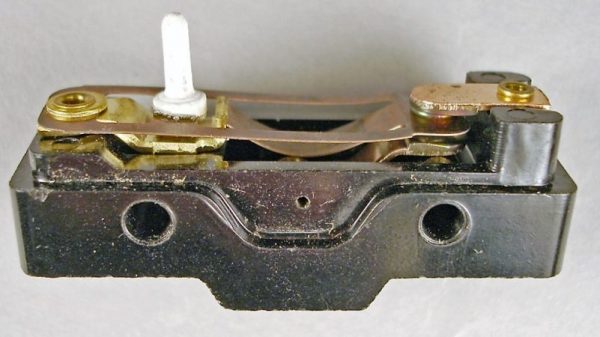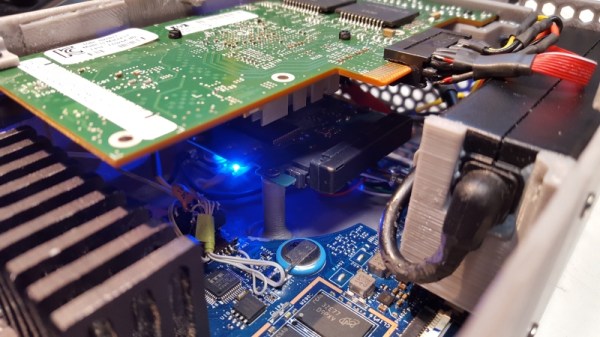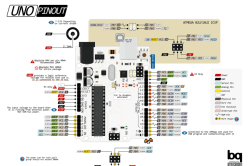World Create Day is this Saturday, and events are being organized all over the world. Anyone can set one of these up, and it’s not too late for you to have one in your own town — just fill out this form to become a host.
We’re sending swag out for everyone that gets together and hacks on World Create Day, things like stickers and a few other goodies. This year we’ve decided on a special thank you to the local organizers. Check out the mockups for these T-shirts. Our Art Director, Joe Kim, has created something truly amazing with this year’s images. You can only get one if you are the meetup organizer and you post pictures and a bit of back story about your World Create Day experience on your event page.
If you’ve been on the fence about being a host, take the leap and give it a try! It’s great fun to get together with other Hackaday folks in real life, and you’ll get this super-rare Hackaday shirt out of it.






















